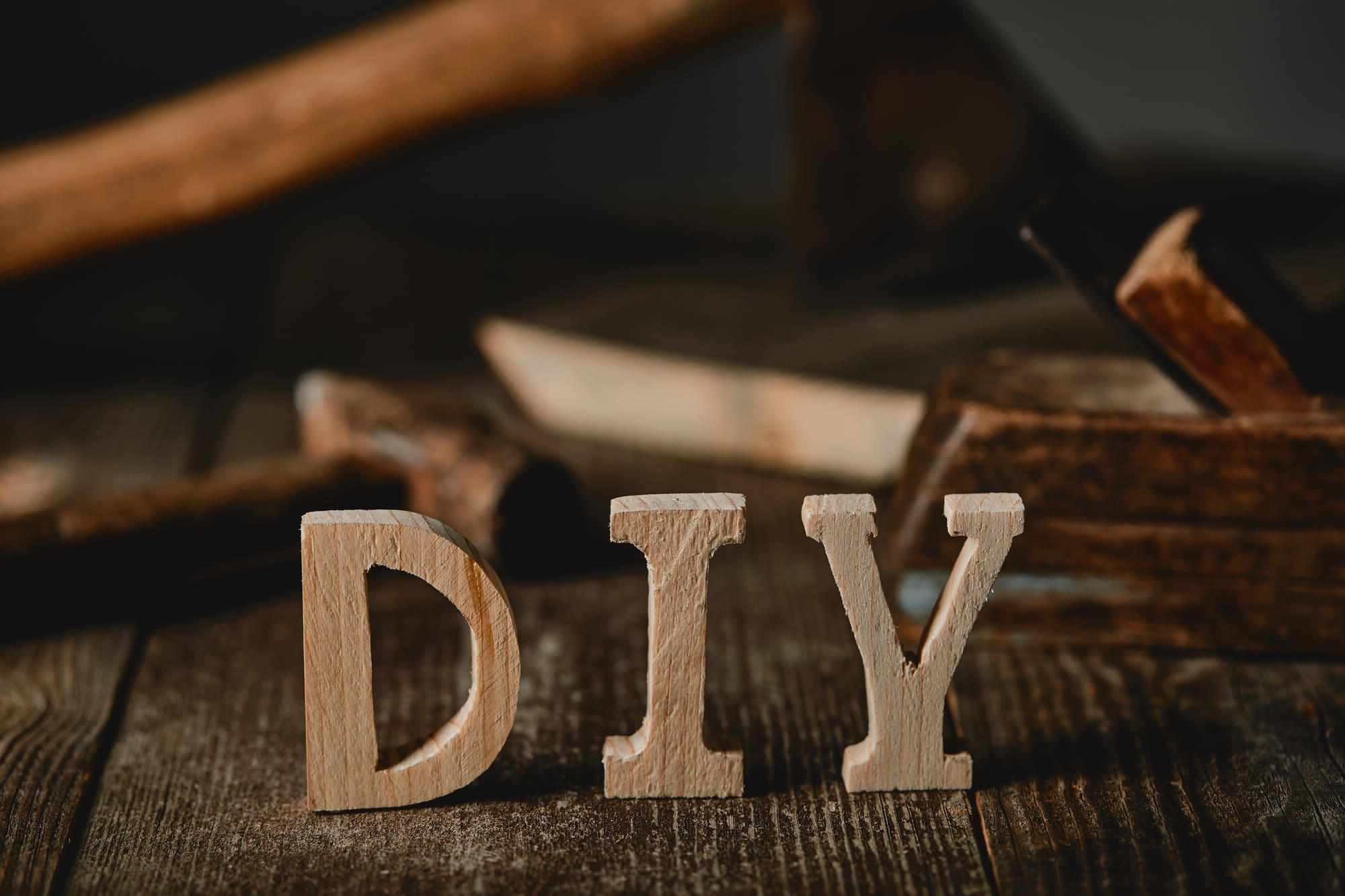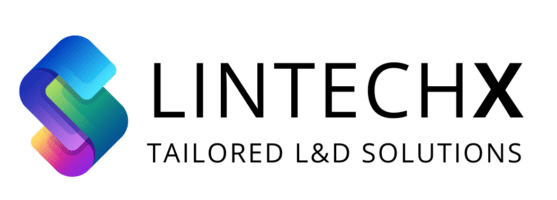- Blog
- Empower Organizational Growth with Proven DIY Learning Strategies
- Written by Hofit Ben Atar Peleg

Empower Organizational Growth with Proven DIY Learning Strategies
DIY (Do It Yourself) learning approaches have transformed organisational training by placing learners at the center of their development. Companies effectively cultivate continuous, self-driven growth and innovation by fostering learner autonomy and aligning with recognised educational frameworks such as the 70:20:10 model and SAM (Successive Approximation Model). This article explores evidence-based DIY learning strategies, featuring real-world case studies and measurable KPIs for success.
The Strategic Shift to DIY Learning
Research by Bersin by Deloitte demonstrates that organizations enabling DIY learning frameworks experience higher learner engagement, enhanced knowledge retention, and accelerated skill application. This approach aligns with modern learner-centric models, empowering employees to proactively pursue skills directly relevant to their career paths.
Best Practice (KPI): Establish interactive learning hubs and measure their success through learner engagement rates, completion metrics, and practical skill application post-training.
Establishing an Effective Learning Ecosystem
Successful DIY learning requires a cohesive, technology-supported ecosystem. Platforms such as Degreed, LinkedIn Learning, Articulate Rise, and EdCast enable personalized learning journeys while ensuring alignment with organizational skill gaps and strategic objectives.
Best Practice (KPI): Track learner progress through sophisticated analytics dashboards, measuring individual and group engagement, learning path completions, and skill development rates. Use Learning Analytics to predict and adjust training needs proactively.
Incentivizing Self-Driven Learning
Global leaders, including Google and Cisco, effectively implement recognition and reward systems, such as digital badges and certifications, to motivate learners. These incentives encourage sustained learner autonomy, increase course completion rates, and reinforce a culture of continuous improvement.
Best Practice (KPI): Implement structured reward systems linked to skill achievements. Measure success by analyzing participation data, completion rates, and learner feedback on motivational effectiveness.
Evaluating DIY Learning Impact
Accurately measuring the ROI of DIY learning is crucial. Organizations can effectively gauge qualitative and quantitative outcomes by utilizing robust evaluation models such as Kirkpatrick’s Four Levels, Phillips’ ROI Model, and Brinkerhoff’s Success Case Method. Practical skill application and productivity improvements are central indicators of success.
Best Practice (KPI): Define clear performance indicators like Skill Application Rates, Time-to-Competence, and productivity enhancements post-learning. Regularly survey learners to assess satisfaction, perceived skill improvements, and barriers encountered in applying new knowledge.
Share :

Hofit Ben-Atar Peleg
Learning expert | L&D strategist | Content creator
Recent Post
-
Transform Your Team’s Performance with These 5 Game-Changing Learning Strategies!29 Mar 2025
-
Embracing Growth: Trends Shaping the Future of Learning & Development29 Mar 2025
-
Unlock Team Resilience with Emotional Intelligence and Soft Skills29 Mar 2025
-
Effective Onboarding: Setting New Employees Up for Long-Term Success29 Mar 2025
-
Empower Organizational Growth with Proven DIY Learning Strategies29 Mar 2025
-
Unlock the Power of Well-Designed Learning Products: Elevating Engagement and Comprehension29 Mar 2025

